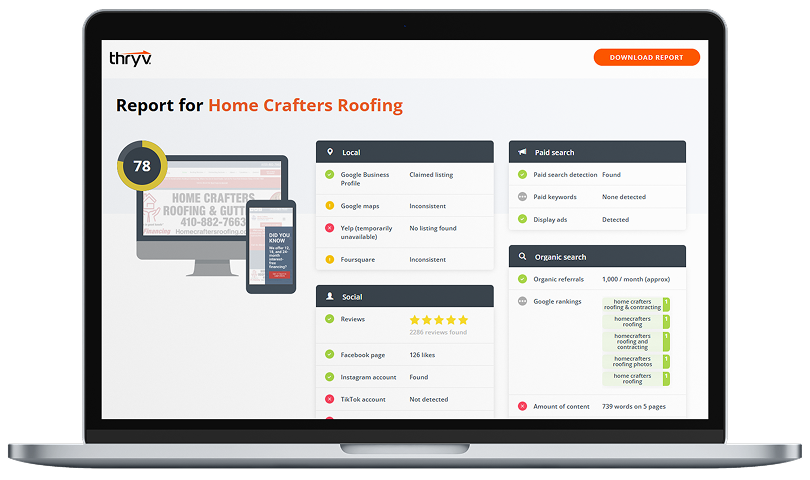When you’re busy working 12 to 16 hour days, it may be hard to think of your small business as flexible, but flexibility is one key thing that distinguishes you from the competition — in a good way.
Where Small Business Flexibility Counts
Keep it flexible with customers – You may lack the fancy packaging, but your small business might have one thing that customers adore — responsive customer service. According to information released in 2011 by American Express Global Customer Service, 70 percent of consumers are willing to pay on average 13 percent more for merchandise backed by good customer service. If you aren’t focused on providing an exemplary customer experience, start today.
Even though these statistics may reflect pre-recession sentiments, they speak volumes about the value of giving customers personalized attention, often an easier challenge for a small business than for a large one. If you have onsite customer service and a phone line that routes to a real, live person who’s knowledgeable and responsive, you’re way ahead of the game.
Market smarter and faster – Your small company may not have a marketing budget to rival the big guys, but you can change your focus faster. Your ad content probably isn’t scheduled so far into the future that it’ll take weeks (or months) to act on the realization that those faux fur vests aren’t the hot back-to-school item they looked to be last summer. You can dump the vests in favor of knitted ponchos that really are selling, and adjust your advertising campaign — and possibly your inventory — more easily. This may sound rosier than it actually is sometimes, but it’s probably true that it doesn’t take a committee to implement marketing decisions for your small business. That makes you more (potentially) proximately responsive to what’s going on in the marketplace, even though your marketing budget may be pretty lean.
Create a dynamic business plan – Have a flexible business plan in force, and give it some TLC. Focus on your key people, your biggest assets, and make their strengths and experience the elastic structure on which you build your plan. You may not have all the answers you need today, but that isn’t uncommon. It’s hard to lay out a business plan with the precision of a blueprint. Businesses grow, morph, and change quickly, particularly in a volatile economic climate. What you do need to accomplish in a business plan is to define the basic path you want to travel by outlining flexible goals, and show that you’ve done some contingency planning and can master conditional thinking.
Some business plans have to be formulaic, but you can make an effective core plan as a set of bulleted summary points that you can revisit as necessary and expand as required to meet financing or whatever other needs arise. Think of a business plan as a work in progress. See it as a tool to help you assess risks and develop workable strategies for dealing with them. Turn your business plan into a dynamic, flexible matrix that can help keep you on the right track — or shift you to the right track if that’s where you need to be.
The personal touch and your employees – When it comes to your employees, you may hear complaints about what your company doesn’t have in terms of benefits, but there are plenty of people in the workforce who actually prefer to work for smaller organizations. Part of it is the potential to get in on the ground floor of a good opportunity, but another big draw is the personal touch. An organization that isn’t wedded to a multi-chapter employee handbook can be a refreshing change for employees weary of a one-size-fits-all method of personnel management. There may be lots of details to sort out when it comes to personnel challenges, but it’s often easier to reward excellence and tweak policies to suit deserving workers as a smaller organization than it is as a larger one.


